Boże Narodzenie ( the Day when Christ was born)
When it comes to preparing for any holidays, and especially for Christmas, we are getting so preoccupied with cooking, baking, shopping for the tree and presents, that is we sometimes (quite often in reality) loosing sight what is the Christmas is all about. We seem to forget, that is the material side of Christmas, is not the most important one. The time we can spend with the family, is the most magical and memorable time, we will remember for years to come.
The Polish Christmas traditions, are quite different from the ones, celebrated here in America. I live here, even thou I grow up in Poland, so in my grown life, I am blending the traditions of my childhood, with the ones that are here.
So, that it was my idea for today. To give you a chance to learn something different and see how a different culture celebrating the same holiday. Many of the customs and traditions are unique to Polish people, and to tell you the truth, they are wildly unknown. nevertheless, as a part of learning process, is good to see sometimes how others celebrate. So, without further ado, let me invite all of you, to the world of Polish Christmas Traditions…
Mikołajki

In Poland, Christmas season officially begins on December 6th. On this day, we celebrate Day of Santa Claus (Mikołaj). On the night before, you must clean one pair of your shoes, and leave it (overnight), by the threshold of your bedroom, or simply by your bed. Santa will visit at night (maybe as a practice run, before Christmas), and leave small gift on top of the shoes. If you were good, you will most likely (and traditionally) get fruit, sweets, cookies, or small toy. Well, when you were not behaving so great, you will find a lump of coal, or bunch of twigs tied up together.
Christmas tree
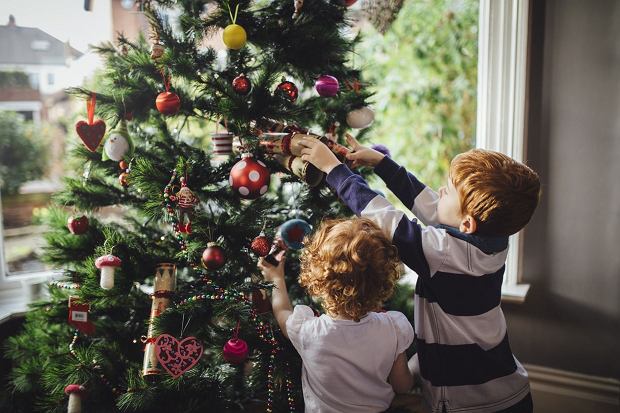
The Christmas tree (live or the artificial one) is an important part of Polish Christmas. One of the most fun traditions, is bringing the tree home, and putting the decorations on it. By tradition, you keep most of the decoration, through the years, just adding new ones every year. All kids, in schools, in December are making Christmas tree decorations, and they generally go on the tree. After years, when we all grown up, those child handmade ones, still have a place on the tree. In my family the most treasured decorations, were from the time when my Granny was a little girl. Till this day, few extremally old, yet so precious, decorations are cautiously placed on the tree.
Christmas Eve dishes
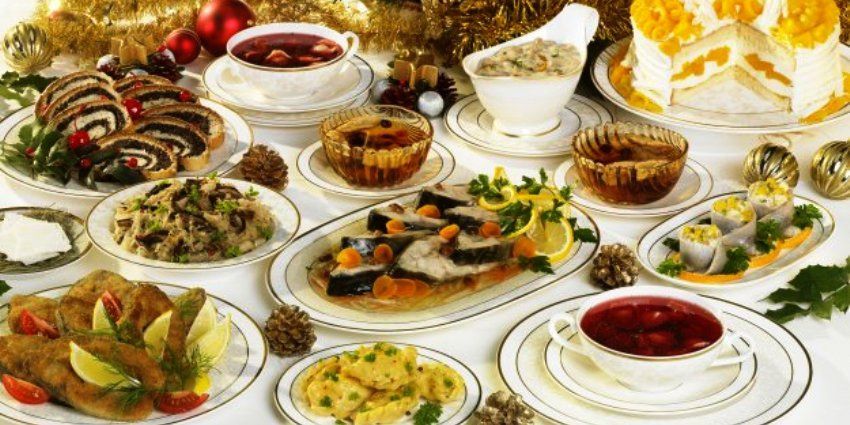
The Christmas Eve supper is highly unusual, compare to other countries. The whole day of December 24th is completely meatless, and the holiday dinner, is kept in the same way. There is plenty of fish dishes, sauerkraut and mushroom are a must in many form, poppyseed dishes, soups, and sweets. There must be 12 dishes, representing 12 months of the year, as well the 12 Apostles of Jesus. There are few universal ones, the rest of the list varies depending on geographical region of Poland, and the family history.
*To read more information about the 1 dishes of Christmas Eve, please refer to my next post (12 Dishes of Christmas Eve in Poland), where you will be able to learn about the most popular dishes, their ingredients, and their meaning in polish culture.
Hay under the tablecloth
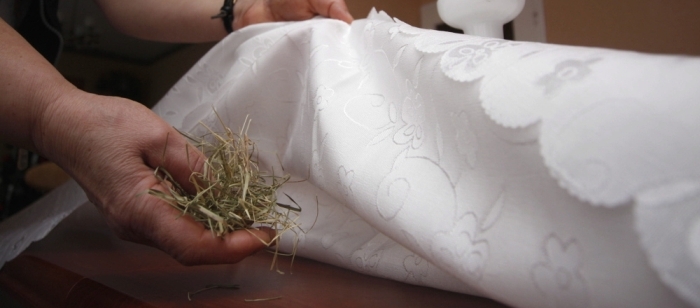
When you are ready to set the table for the Christmas Eve supper, there is one element, incredibly unique to polish culture. A few straws, or a bunch of hay are places under the white tablecloth (always must be white, because it symbolizes the purity). It is a reference, to Christ being born in the Stable, and the newborn baby being placed on the hay. Its like inviting the spirit of that Holy moment to our homes. Hay under the table is also intended to ensure the prosperity of the household in the coming year.
Opłatek. Sharing the Wafer and Christmas Eve dinner
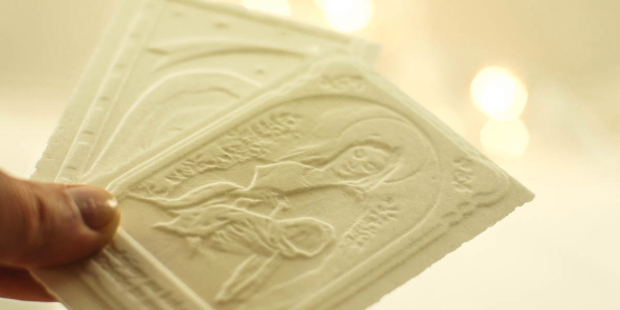
Opłatek, is a very thin, white wafer, that is shared among family and friends, gathered for the Christmas Eve Supper. It is even being send inside Christmas Cards to friends and relatives, that is live far away, as a symbolic rite. When the first star appears on the sky, and we are ready to start the supper, sharing the wafer is the first, most traditional thing, Polish people do. You must break the wafer leaf, into pieces (as many people you have by the table), and everyone participating must share small piece, of its own, with everyone else. Traditionally his is a time to say, what you wish the next person, for upcoming year: a lot of health, happiness, love.
Empty seat at the table

In all polish homes, there is always an empty seat set by the table. But what is the reason for it? according to the old tradition, is a place reserved for an unexpected guest. It does not need to necessarily a family member, it can be as well a stranger, who is lost and just need a shelter.
This tradition has as well a second meaning. The empty seat represents a family members, who are no longer with us. It represents the spiritual presence of the lost relatives, it shows that is we still remember and care, while we hope that their spirit can somehow, join us even for a short while during the Christmas.
Early start of dinner
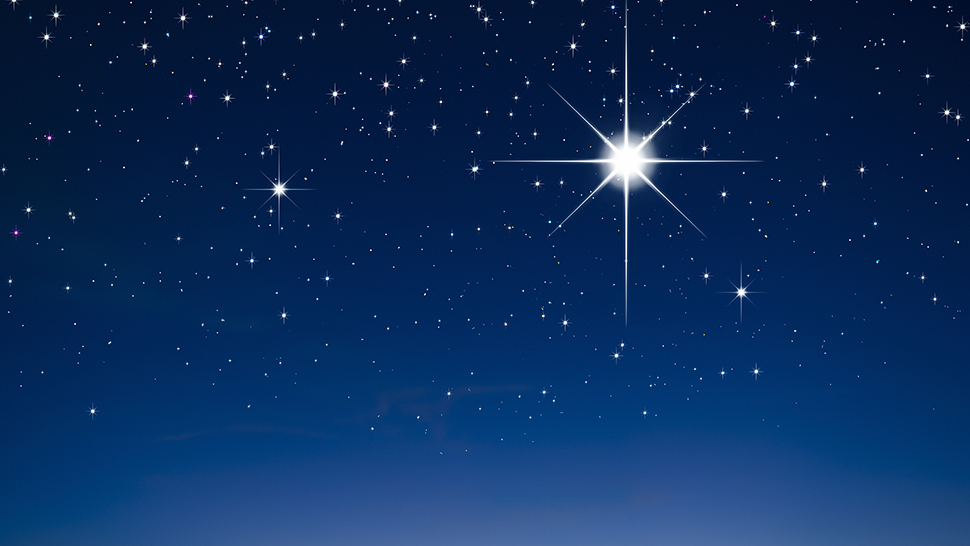
In Poland, Christmas Eve dinner begins when the first star appears in the sky. It is early, usually around 4 pm. Bit, trust me, it is a good thing. Most members of the family usually are fasting (even though, there is no formal requirement, not to eat this day), so the early dinner is really welcomed by everybody. Well, to tell you the truth, the fasting past, has one more, practical use. There is so much food prepared for the supper (12 dishes, and then cakes and sweets), that is its generally better to have more room for all the yummy food coming your way.
Santa comes on Christmas Eve, quite early
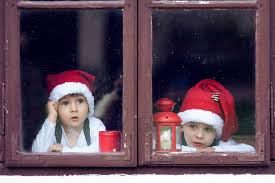
In polish traditions, Santa visits the homes, on the day of December 24th. When everybody getting ready for the supper, the table is set, and ready. The last dishes are being cooked; it is the time when Santa Claus drops packages. He is using clever diversion, not to be seen by anybody (in USA Santa comes at night when everybody sleeps). All the children, in waiting for the supper, are being sent to the window, in look out for the first star (That the official sign allowing the holidays to start). While kids looking for the star, and grown up finishing the last dishes, no one is watching the Christmas Tree. When the star appears, the Santa is already done, and all the presents are already under the tree.
Animals speaking with a human voice

In Poland, it is believed that on the December 24th, on the Christmas Eve, all animals are granted the ability to speak in human voice. It happens only, this one night. In the older times, the tales were told, that is because the animals were present during the birth of Christ, they receive this special gift, to commemorate the event. So, if you ever wanted to have a conversation with your pooch, that is your chance.
Pasterka (Midnight Mass), and meat feast in the middle of the night
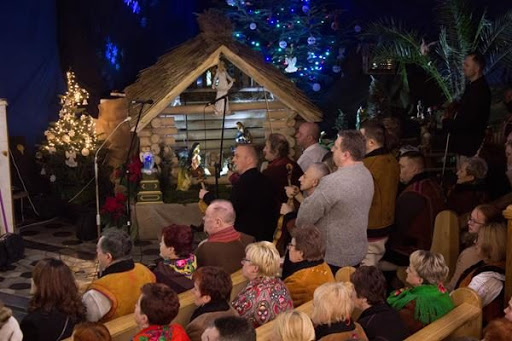
After the Christmas Eve dinner, some people have the habit of going to the midnight mass called Pasterka, which is the culmination of Christmas Eve celebrations. After you come back from the mass, after 1 am, its officially Christmas Day (or a morning in this case), and traditionally before going to bed, you will finally bee able to eat meat. Remember, that the Christmas Eve supper, if fully meatless, so that is the first chance you must taste all the yummy hams and sausages, prepared for the holidays.
Kolędnicy I Kolędowanie (Carolers)
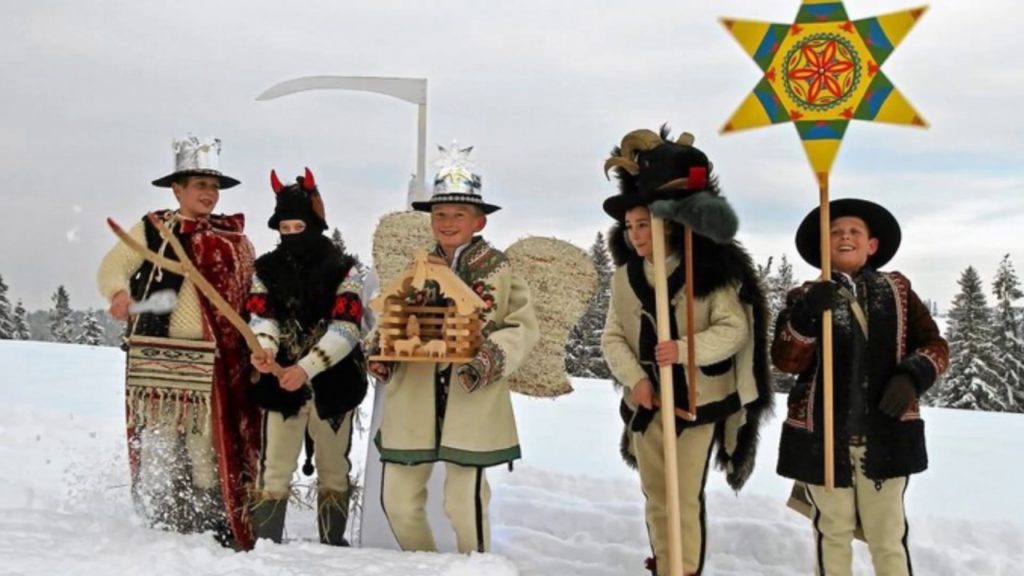
A folk ritual practiced primarily in agricultural and pastoral cultures by the Slavs and Romanians. Groups of carolers (in costumes from the Nativity scene) visited individual farms with wishes for good luck in the New Year. They received gifts from the hosts (food or money). In the past, the term Kolęda (carol) was used to describe both the rite itself (walking around the carol), as well as well as the special songs (Christmas Carols), sing by them.
The second day of Christmas
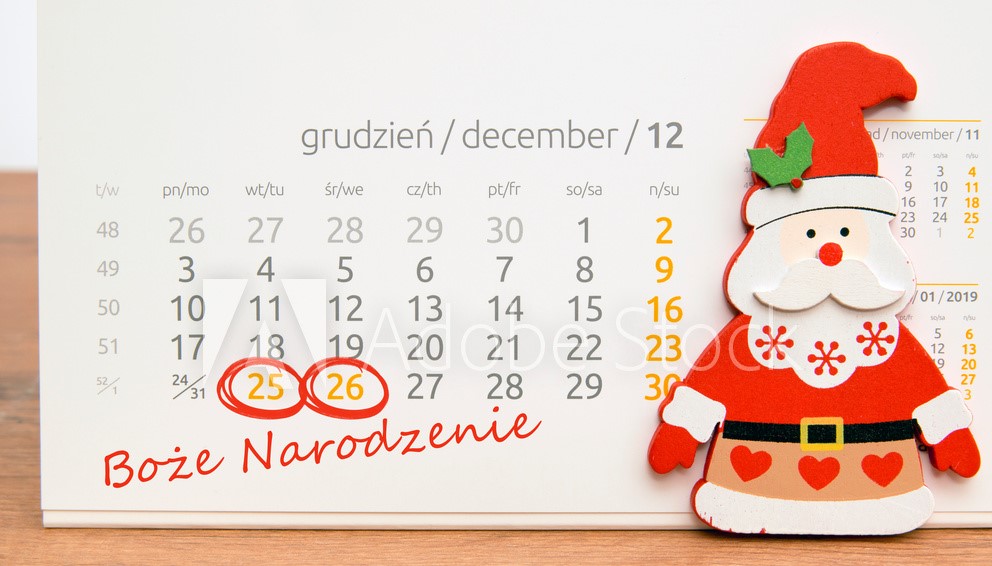
In Poland, Christmas lasts 3 days. The forts and most meaningful is 24th, the Christmas Eve. With the 25rh and 26th, being First and Second day of Christmas. This time is generally spent among close family and relatives. You, as well visiting each other, which results in eating together (so much food!), or exchanging gifts, if you did not see each other on Christmas Eve.



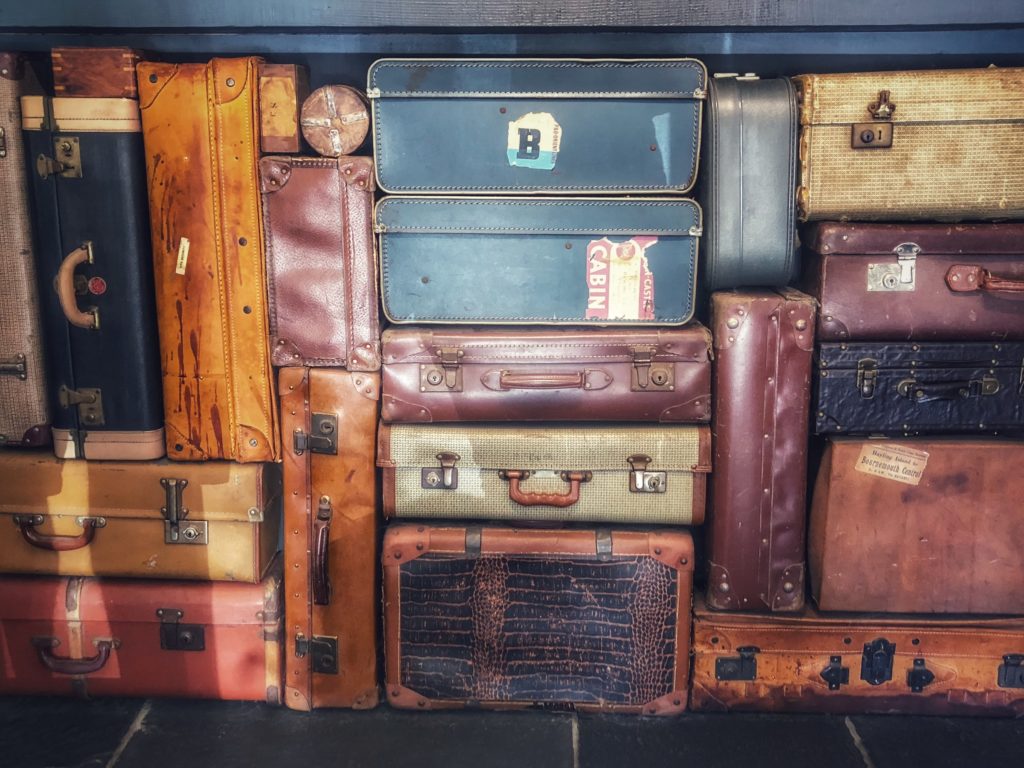
U nas przychodzil Dziadek mroz w wigilie a Mikolaj 6tego😁
Really nice post and sharable info….